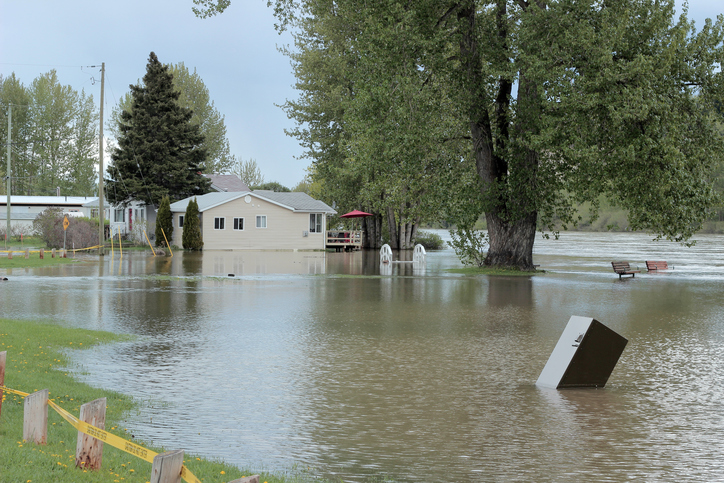The Institute for Catastrophic Loss Reduction reports that better coordination and enforcement of municipal efforts to curb private lot flood risk is needed. The report, released in May, found that to better manage inflow and infiltration (I&I) of private residences, municipalities should empower coordination and enforcement measures.
“Mandatory measures,” wrote authors Joanna Kyriazis, Zizzo Strategy Inc., Laura Zizzo, Zizzo Strategy Inc., and Dan Sandink, ICLR, “can serve as a tool in the toolbox for municipalities seeking to increase homeowner engagement in urban flood risk reduction and I&I management programs.” These measures would assist in mitigating a repetition of the hundreds of millions of dollars in severe rainfall damage that has affected Canadian municipalities in the last decade.
“These measures may include downspout and foundation drain disconnection from municipal wastewater (sanitary) sewer systems, repair and replacement of sanitary laterals that contribute to I&I and installation of lot-level flood protection measures, among other lot-level measures,” wrote the authors.
However, while the report indicates that many municipalitie have “good law on the books” that they “lack of opportunity, time, staff, financial resources and political willingness are key factors limiting capacity to monitor and enforce mandatory requirements.” Further, the authors state this is only one component limiting effective institution of best I&I practices.
Another factor the authors point to is that “the most developed programs appear to be in municipal environments with regional cost-sharing,” suggesting that better coordination of regional bodies could bolster capacity for such limiters, such as communications and enforcement.
While the report acknowledges that measures such as stormwater user fees aid in management through public channels, the authors find a significant body of research indicates that households frequently fail to engage in risk reduction measures.
In order to get the best lot-level practices for I&I management, the report recommends that in user fees:
- Are coupled with political support,
- Are backed by provincial or regional government mandates and funding,
- Fit into existing administrative systems, such as the building permit system,
- Are based on a clear understanding of jurisdiction, particularly with respect to access rights and
- municipal authority to assist with the required work when necessary, and
- Are accompanied by strong enforcement provisions”
The full report, Assessing local mandatory measures to reduce flood risk and inflow & infiltration in existing homes, can be found on The Partnership for Water Sustainability in BC‘s website. Or, visit https://www.iclr.org/ for more information about the organization.













